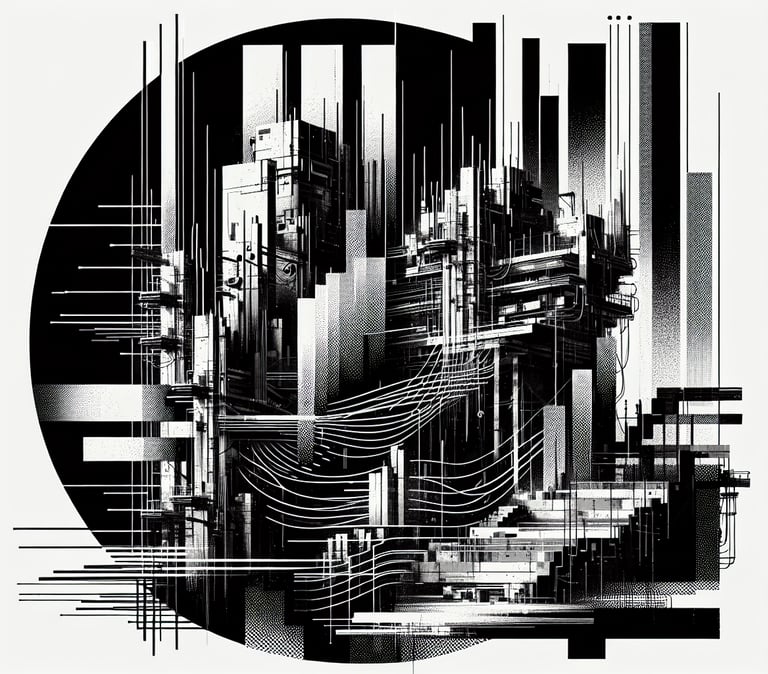Deezer is drowning in machine made tracks
Deezer opened its dashboard and saw another twenty thousand songs pour in before lunch.


Deezer opened its dashboard and saw another twenty thousand songs pour in before lunch. All of them are fully generated by code. Do the math and you get a blunt headline: almost one in five new uploads on the platform now comes from a model, not a musician.
Eighteen percent. That is double the share Deezer reported back in January, when it switched on its first wave of AI music detection. At the time the company called the flood “concerning but manageable.” Today it sounds less relaxed.
“Generative AI can expand how we create and listen,” says Chief Innovation Officer Aurelien Herault. “But we have to protect writers, performers, and listeners from a giant grey goo of sound.”
The scanner behind the siren
Deezer’s in house tool scans every incoming audio file and flags tracks that are one hundred percent synthetic. It already spots material from headline models like Suno and Udio, and the engineers claim they can bolt on new detectors as soon as they get sample data. The longer term goal is bolder: train a system that can recognise AI audio in the wild even when it has never seen that model before.
That promise matters because copyright lawyers and policy makers are circling. Governments from Brussels to Brasília are debating whether to soften copyright rules so that model builders can scrape more recordings. Labels and collecting societies are lobbying in the opposite direction. Deezer, for its part, is the only streamer that has signed the global statement demanding transparency in training data.
What gets cut and what stays
Right now the company’s filter does not delete machine songs outright. Instead it removes them from algorithmic recommendations and quarantines them in a separate pool. Listeners can still find them if they search by name, but they will not auto‑play into a mix built for humans. Deezer argues this strikes a balance between experimentation and ecosystem health.
Skeptics see mission creep. If your revenue depends on surfacing new music to casual fans, being pushed out of the recommendation feed is the same as silence. Meanwhile hobbyists claim the rulebook punishes fair use tinkering while leaving corporate sampling in peace. And all the while fresh fake tracks keep flooding in because the cost of generating and uploading is vanishingly low.
The broader distortion
Step back and the story is not just about Deezer. Spotify, Apple, YouTube, and TikTok are staring at the same rising tide. Every platform that pays per stream is an arbitrage target for prompt jockeys who spin up endless tracks, chase micro payouts, and move on when detection tightens.
If eighteen percent of Deezer’s daily inflow is synthetic today, what happens when that figure crosses fifty. At what point does the signal drown in noise so thoroughly that listeners mistrust the catalogue itself. And how do we police originality when tomorrow’s hit might be a collaboration between a bedroom producer and a foundation model fine tuned on their own stems.
The answers will shape not only payout formulas but creative culture. Deezer’s latest numbers are a warning shot. The platform can spot the flood for now. Whether it can stem the current, or whether the definition of music itself stretches to absorb it, is the real distortion we will be tracking in the months ahead.